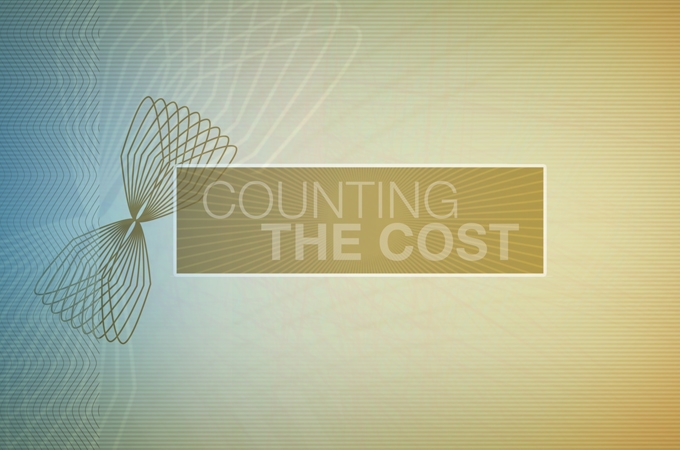
India’s future
What does Narendra Modi’s success at the polls mean for the country and the region?
Earlier this month, in the world’s largest democratic election, more than 170 million Indian voters chose Narendra Modi as the country’s 15th prime minister.
Following his inauguration on May 26, Modi’s National Democratic Alliance (NDA) will form a new government with a clear majority in the Legislature. He had economic success when running the state of Gujurat, the hope is that he can replicate that at a national level.
In the country around 269 million people are living in poverty, 10 million people entering the workforce every year for the next decade, and a yearly cost of $6bn to the economy, brought on by corruption.
Growth is languishing below five percent, inflation averaged almost 10 percent, and budget deficit is running at 4.6 percent. The country has trouble raising money because only three percent of the population pays income tax.
“One of the problems plaguing India is high inflation, particularly in the fruits and vegetable segment, groceries segment so to say, and it is believed that if the foreign investment comes in this area, if you have FDI in multi-brand retail that is going to unleash a lot of activities which are going to be positive for inflation control,” Dharmakirti Joshi, Chief economist at Chrisil told Al Jazeera.
Modi’s reputation should encourage domestic and foreign investment to resume flowing into the country. Yet, India faces real challenges, including a volatile geopolitical neighbourhood, a precarious fiscal situation for its state governments and an extremely fragmented and diverse polity.
So what does Narendra Modi’s success at the polls mean for the world’s largest democracy and the region? Can Modi turn around an underperfoming economy?, and will India change under his administration?
Google Car
Google is developing a new self-driving vehicle that will be able to drive without any human input, the technology giant said in a blog post.
The car, which is the latest in the company’s range of self-driving prototypes, will not have a steering wheel or pedals for braking and accelerating.
The small electric car will instead be controlled by software and sensors, which Google claims can detect objects at distances more than “two football fields” away.
Google’s co-founder Sergey Brin, speaking at a technology conference in California, said that the company aims to build up to 200 models in the short term and hopes the car will be available in a number of cities within a couple of years.
The Internet search company has been testing self-driving vehicles since 2009, incorporating sensors and radar in to standard models, such as the Toyota Prius.
The California based firm said it would work with partners to bring the product to the public, if the technology developed as it hoped.
So how does this car really work? And what does this mean for the future? Al Jazeera’s Jake Ward brings us more information from San Francisco.
Watch each week at the following times GMT: Friday: 2230; Saturday: 0930; Sunday: 0330; Monday: 1630. Click here for more Counting the Cost . Follow Kamahl Santamaria @KamahlAJE and business editor Abid Ali @abidoliverali . |
